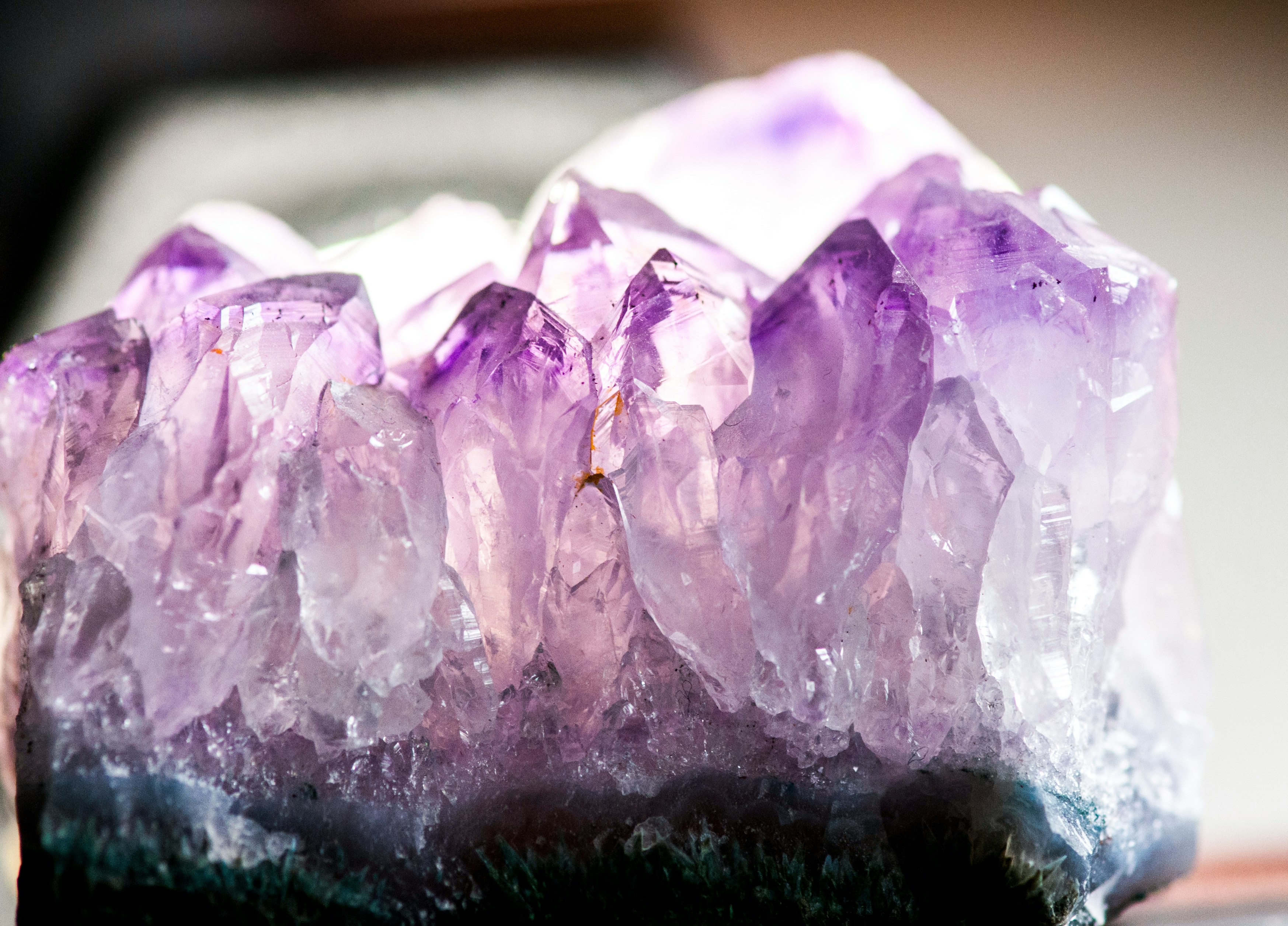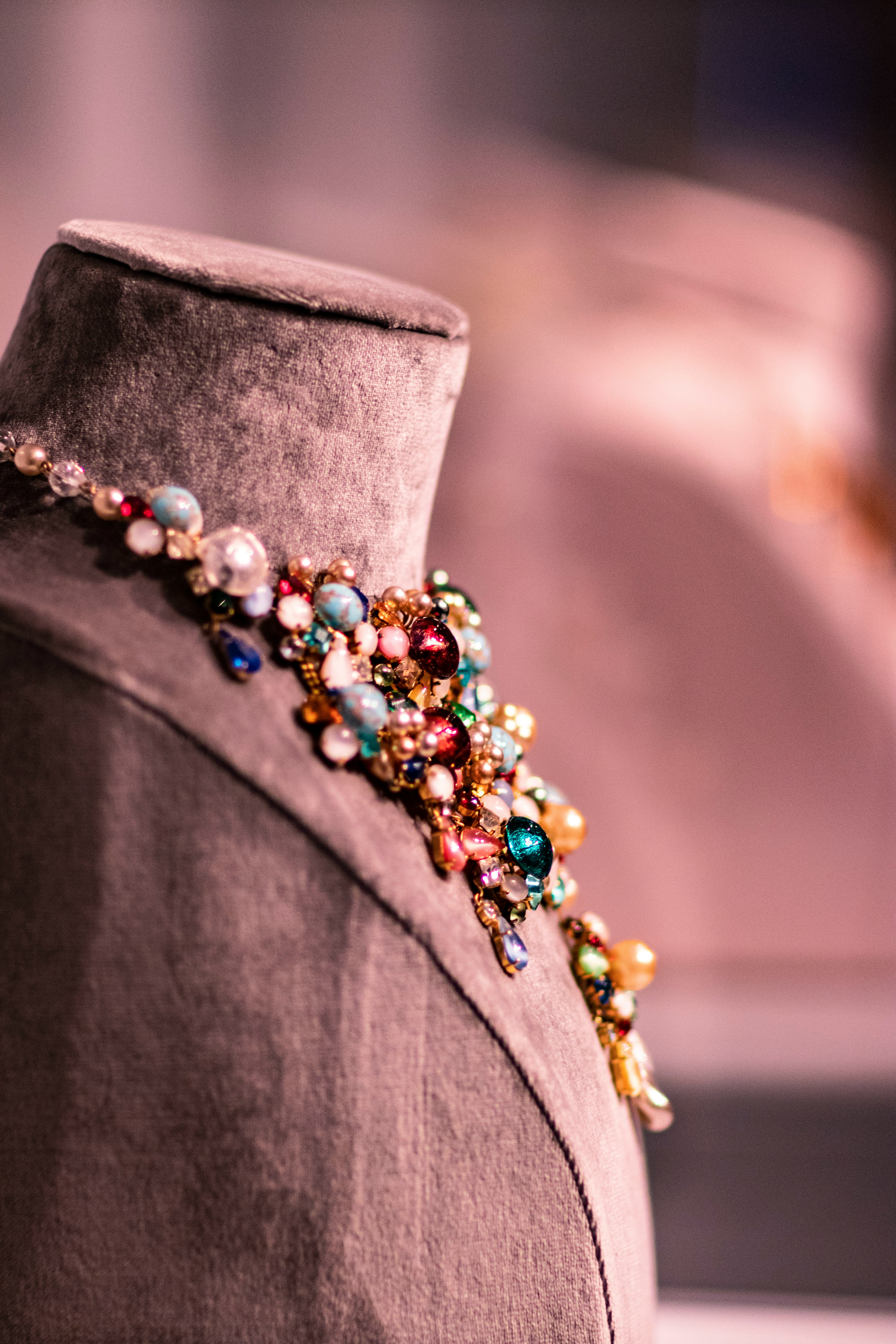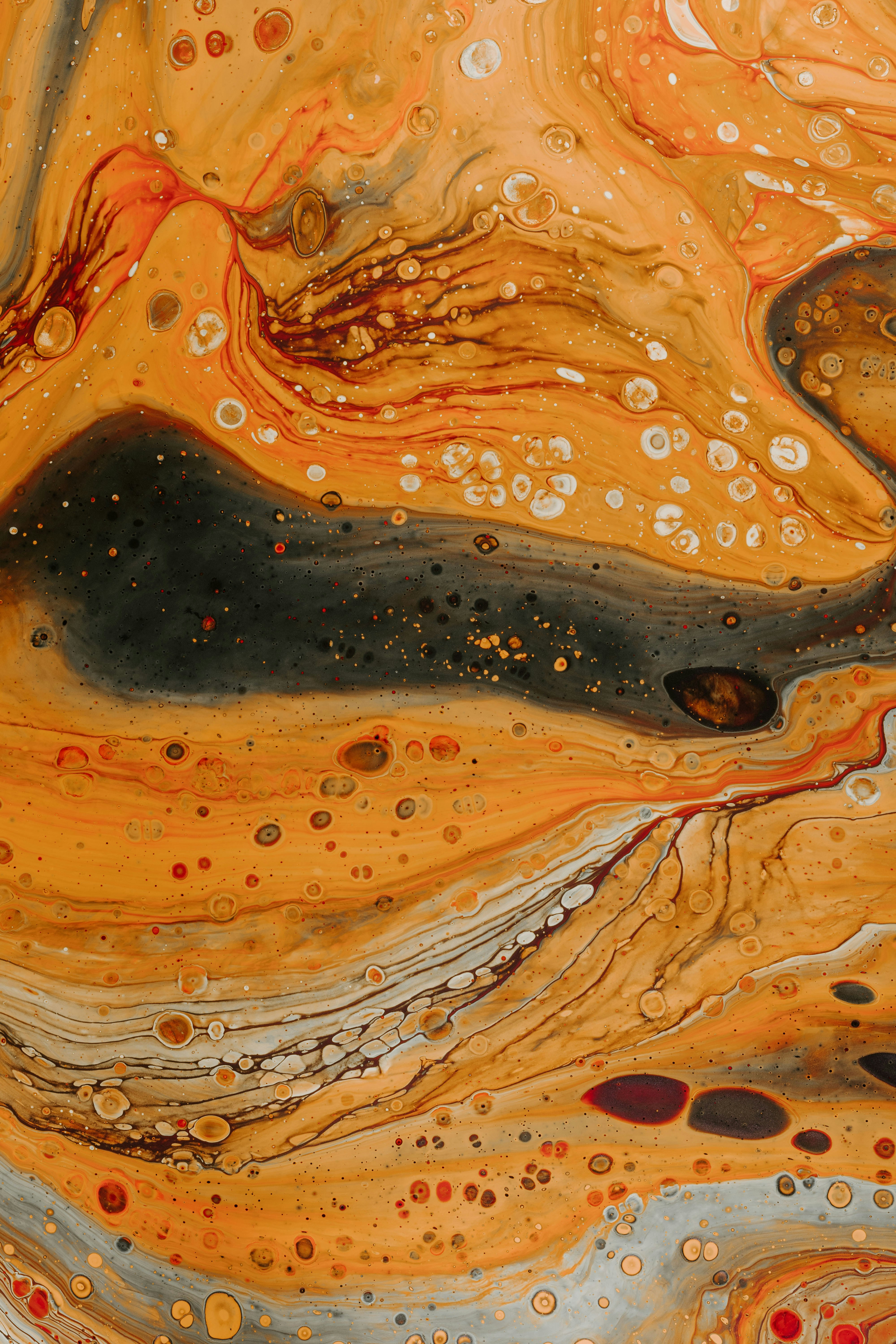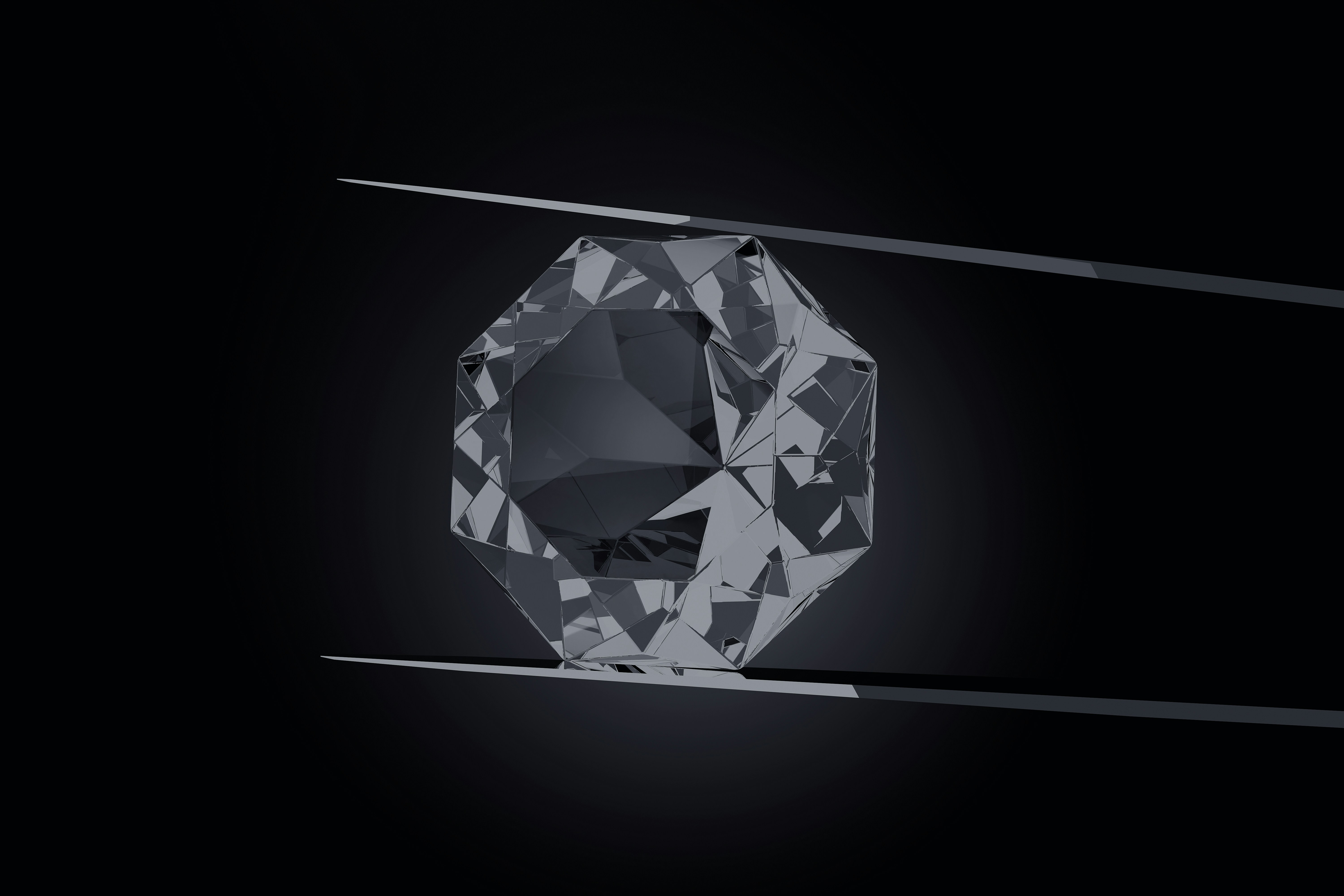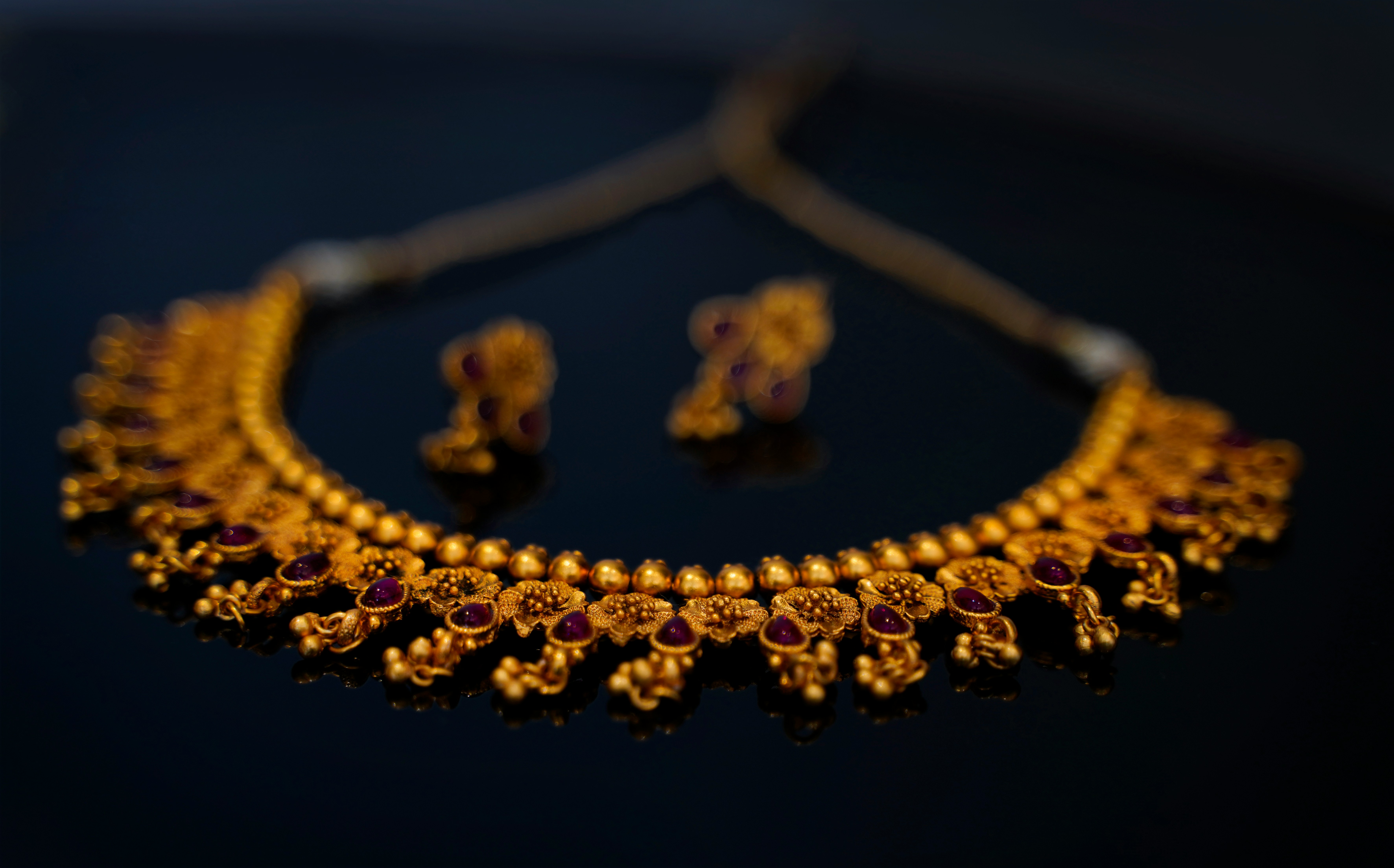Vintage Jewelry Design Periods
Alexander Kellerson

Introduction to Vintage Jewelry Design Periods
Vintage jewelry design periods offer a fascinating glimpse into the evolution of style and craftsmanship over the centuries. Each era brought its own unique flair and characteristics, influenced by the social, political, and artistic movements of the time. Collectors and enthusiasts often seek out pieces from these distinct periods for their historical significance and timeless beauty.
Georgian Period (1714-1837): The Dawn of Ornate Jewelry
The Georgian period marked the beginning of elaborate jewelry designs, characterized by intricate metalwork and the use of precious stones. Jewelry from this era often featured nature-inspired motifs such as leaves, flowers, and birds, crafted with exceptional attention to detail. Georgian jewelry is rare and highly valued by collectors due to its age and the exquisite craftsmanship involved.
Victorian Period (1837-1901): Romanticism in Jewelry Design
The Victorian era, named after Queen Victoria, is known for its romantic and sentimental jewelry. This period saw the rise of symbolic motifs like hearts, bows, and serpents, often incorporating gemstones such as diamonds, sapphires, and emeralds. Victorian jewelry also reflected the mourning traditions of the time, with pieces made from black materials like jet and onyx to commemorate lost loved ones.
Edwardian Period (1901-1915): Elegance and Refinement
Jewelry from the Edwardian period is characterized by its delicate and sophisticated designs. Platinum became the metal of choice, allowing for the creation of intricate, lace-like patterns. Edwardian jewelry often featured diamonds and pearls, set in elaborate designs that exuded elegance and refinement. This era's pieces are celebrated for their lightness and feminine charm.
Art Nouveau Period (1890-1910): Nature-Inspired Creativity
The Art Nouveau period brought a wave of artistic innovation, with jewelry designs heavily influenced by natural forms and organic shapes. Flowing lines, curves, and motifs inspired by plants, flowers, and insects were prominent. Artists like René Lalique and Louis Comfort Tiffany led the movement, creating stunning pieces that are still admired for their artistic beauty and creativity.
Art Deco Period (1920-1935): Geometric Glamour
Art Deco jewelry is known for its bold, geometric designs and vibrant colors. This period reflected the glamour and exuberance of the Roaring Twenties, with pieces often featuring diamonds, emeralds, sapphires, and rubies. The use of new materials like Bakelite and the incorporation of exotic motifs from Egyptian and Asian art made Art Deco jewelry distinct and highly collectible.
Retro Period (1935-1950): Bold and Colorful Designs
The Retro period emerged during and after World War II, characterized by bold, oversized designs and a resurgence of colorful gemstones. Large cocktail rings, charm bracelets, and brooches with vibrant rubies, sapphires, and citrines became popular. Retro jewelry often featured whimsical motifs and was designed to make a statement, reflecting the optimism and creativity of the post-war era.
Mid-Century Modern Period (1950-1965): Sleek and Minimalist
Mid-century modern jewelry embraced sleek, minimalist designs, often with an emphasis on form and function. This period saw the use of clean lines and simple geometric shapes, with an emphasis on the quality of materials and craftsmanship. Designers like Georg Jensen and Harry Bertoia created timeless pieces that remain popular for their elegant simplicity and modern aesthetic.
Conclusion: The Timeless Appeal of Vintage Jewelry
Vintage jewelry continues to captivate collectors and fashion enthusiasts with its unique charm and historical significance. Each design period offers a window into the past, showcasing the evolving styles and artistic expressions of different eras. Whether for investment or personal enjoyment, vintage jewelry pieces are treasured for their beauty, craftsmanship, and the stories they tell.

